I have a simple rectangular anchor tag. I used jQuery to respond to click and touchstart events with the following:
$(document).ready(function() {
$("#button").on("click touchstart", function(e) {
$("#log").append(e.type + "<br/>");
});
});
The HTML looks like this:
<div id="wrapper">
<a id="button" href="#"> </a>
</div>
<div id="log">Log:<br></div>
The CSS is simple:
#wrapper {
padding:50px;
}
#button {
display:block;
width:200px;
height:40px;
text-decoration:none;
color:#333;
background-color:#efefef;
border:0px;
padding:0px;
margin:0px;
}
I built this as a demo to show the problem I'm talking about.
When you tap the edge of the rectangular anchor, only the click event is fired. When you tap the center of the area, both click and touchstart are fired.
Why is it that only click seems to be triggered with the fat-finger detection? Is there a way to make the touchstart event also work with fat fingers?
Animation of problem
Only click is fired on edge tap
